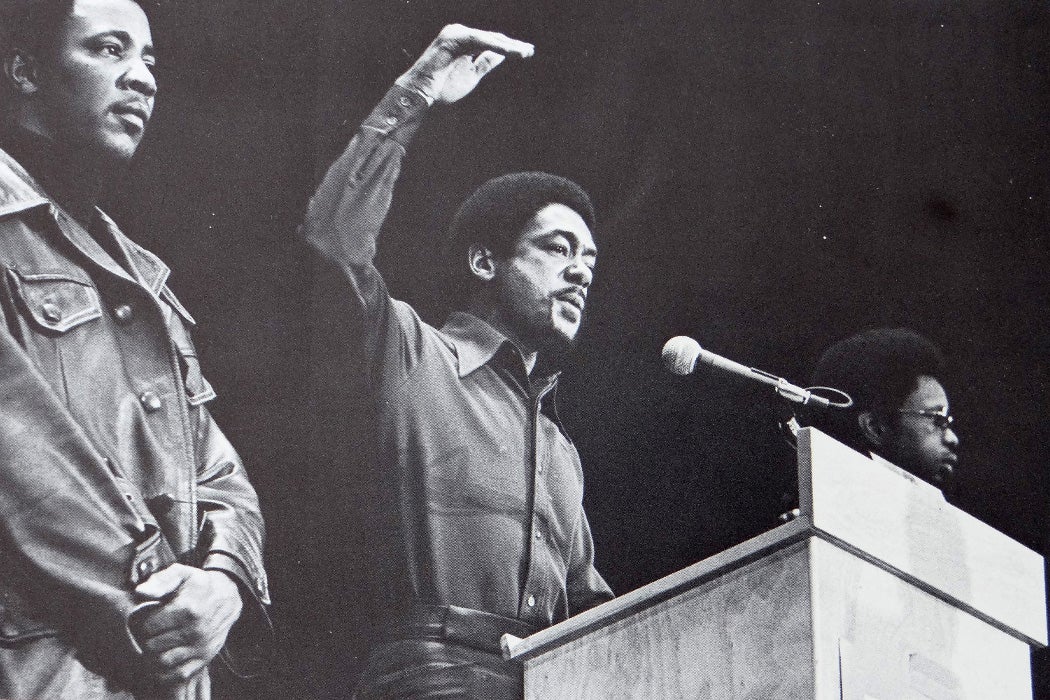Fifty years ago, young people were leading movements all over the world to oppose war, imperialism, and racism. In Germany, historian Maria Höhn writes, this organizing united two disparate groups: radical German students and black U.S. soldiers.
At that time, Höhn writes, U.S. bases in Germany were home to troops on their way to and from Vietnam. Many of these GIs were dissatisfied with the military and opposed to the war. In 1967, for example, more than 12,000 U.S. soldiers deserted their units in Europe, sometimes getting assistance from European activists and unions.
Audio brought to you by curio.io
Black soldiers in Europe had additional reasons to be dissatisfied. They faced explicit, widespread racism, including Ku Klux Klan chapters organized by white GIs that burned crosses in front of black soldiers’ barracks. Black GIs formed their own organizations, which often opposed both racism in the military and the Vietnam War itself.
Höhn writes that radical German students reached out to the increasingly politicized black GIs. Together, they organized a series of rallies and teach-ins at German universities in December 1969. Over the next year, this growing movement held protests across the country, opposing the war and the imprisonment of Black Panther leader Bobby Seale, as well as German racism that affected black soldiers and their families.
The collaboration led to the creation of an underground newspaper, Voice of the Lumpen. Its most significant work was following the case of the “Ramstein Two”—two Black Panthers and former GIs who were arrested after exchanging fire with a German civilian guard outside Ramstein air base. Organizing around the trial gave activists a chance to draw attention to connections between American and German racism, and to West Germany’s collaboration with U.S. foreign policy.
Ultimately, Höhn writes, the movement fell apart, split by arguments over the use of violence and some GIs’ opposition to working with white allies. But by that time, it had changed the behavior of both the U.S. and West German governments. Unlike many other cases around the world where black U.S. soldiers were protesting racism at the same time, the German organizing received a great deal of publicity thanks to the alliance with the students. Watching the protests, government officials became convinced that poor morale among black soldiers hurt both military discipline and the security of West Germany.
Weekly Digest
A U.S. government commission and an NAACP delegation both investigated conditions facing black soldiers and found widespread discrimination within the military and in surrounding German communities. This led to a major affirmative-action effort by leaders of the U.S. military forces in Europe, aimed at building racial diversity among commanding officers, teachers, lawyers, and chaplains. West German leaders, under fire from U.S. politicians who wanted to reduce the military presence in the country, also took steps to improve life for soldiers, including cracking down on discrimination.
None of this represented the defeat of the U.S. military system that the protesters had championed, but it was a significant victory for an unusual alliance.







